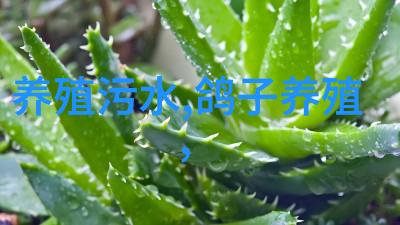一、引言

在中医理论体系中,调理身体的温度是非常重要的一环。通过调整体内的“气机”来促进新陈代谢,达到健康的目的。其中,“发汗”是调节体温的一个重要手段,而在这个过程中,存在着两种不同的调温方式——辅热和制热。这两种方法虽然都用于提高体内温度,但它们之间有着本质的区别。
二、什么是辅热与制热?

首先,我们需要了解这两个术语所代表的是什么。在中医里,“发汗”的概念很重要,它指的是通过药物或其他疗法,使人出汗,以达到清除病邪、恢复平衡之意。辅热则是一种间接地帮助人体产生更多身体内部能量,从而提升全身性的状态;而制热则是一种直接增加体表温度的手段,以此来治疗寒性疾病。
三、如何辨识何时使用哪一种?

辨证施治是中医学的一大特色。而对于是否采用辅助发汗还是主动发汗,这个问题也需要依据患者具体的情况进行判断。如果一个人具有寒凉体质,那么可能会更倾向于使用“主动发汗”的方法,即采取一些措施直接升高其体温,如服用能够导致出冷汗的药物等。但如果是一个有湿邪的人,那么可能会选择“辅助发汗”,即利用某些药物或疗法间接促使其出湿,而不是直接提高他的身体温度。
四、补充与减少:理解不同情况下的选择

从一个更深层次上来说,当我们谈论到"补"和"减"的时候,也涉及到了一个类似的概念——补充与减少。在许多情况下,我们可以看到,在某些特定的环境下,比如季节变化或者生活习惯改变,我们需要适应这些外界因素。当我们的身体不再能够自我调节时,就必须借助一些方法去帮助它做到这一点。同样地,无论是在医疗领域还是日常生活当中的健康管理,都要根据个人实际情况来决定是否采取这种类型的手段。
五、中医诊断与现代医学视角

从现代医学角度看待这个问题,其实也是非常有趣的一件事。当我们把这些古老的话题放在现代科学的框架下进行分析时,可以发现很多惊人的相似性。例如,在现代医学里,对于过敏反应或者感冒等疾病,有时候也会建议人们进行一些物理活动以释放毒素,比如运动或者洗澡,这其实就是一种介入式干预,与传统意义上的“发汗”并无二致。此外,还有一些研究显示,即便是在没有明显感染的情况下,也存在一种被称为“潜在感染”的现象,该现象可能导致免疫系统受到影响,从而影响整个人类生态系统平衡,这就可以解释为什么古代文明会认为保持一定程度的人身微妙变化(如微量出 sweat)对维持整个生命力至关重要。
六、小结
总结一下,虽然关于auxiliary heat and direct heat in the context of Chinese medicine, there are many nuances to consider when deciding which approach is best for a particular patient. However, by understanding the underlying principles and considering individual circumstances, healthcare providers can make informed decisions that promote overall health and well-being.
七、未来展望
The future of this area may involve further research into the mechanisms behind auxiliary heat and direct heat. By better understanding how these approaches work on a physiological level, researchers may be able to develop new treatments or therapies that take advantage of their unique benefits while minimizing potential drawbacks. Additionally, advances in technology could potentially lead to more efficient methods for delivering these types of interventions.
八、结语
In conclusion, auxiliary heat and direct heat are two distinct approaches used in traditional Chinese medicine with different goals and mechanisms. While they share some similarities in terms of promoting body temperature regulation, they have different applications based on individual needs. Understanding the differences between these two concepts can help healthcare professionals make informed decisions about treatment options for patients with various conditions related to body temperature imbalance. As we continue to explore new ways to improve our understanding of human physiology through scientific inquiry combined with ancient wisdom from traditional practices such as acupuncture or herbal remedies (and also other forms), we will undoubtedly see advancements towards optimal health management strategies tailored individually tailored therapies suited each person's unique needs at every stage life cycle stages across all cultures worldwide!




